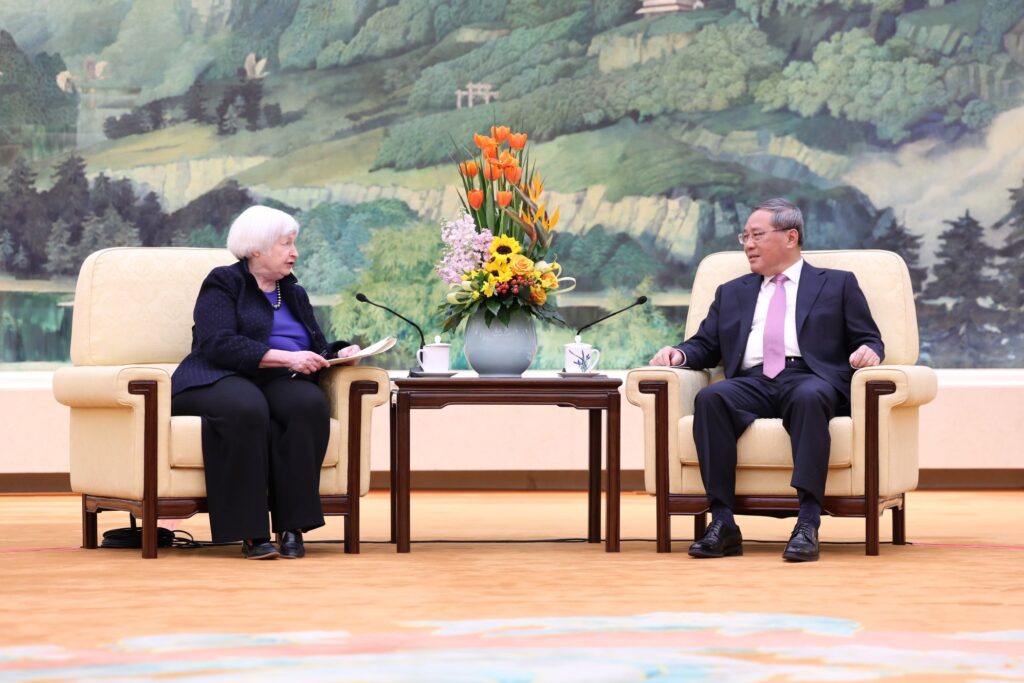| By Eliana Pisons |
Historic Shift as BOJ Allows Interest Rates to Rise
In a significant departure from its long-standing monetary policy, the Bank of Japan (BOJ) has taken a bold step by allowing interest rates to rise for the first time since 1998. This decision marks a notable shift in Japan’s economic strategy and has sparked discussions about its implications, particularly on the value of the Japanese yen against the US dollar.
Challenges of Prolonged Monetary Easing
Traditionally, the BOJ has maintained ultra-loose monetary policies, including keeping interest rates at historically low levels, as part of its efforts to stimulate economic growth and combat deflation. However, mounting concerns over the side effects of prolonged monetary easing, such as diminishing returns and financial instability, have prompted the central bank to reassess its approach.
BOJ’s Flexible Yield Control Strategy
The BOJ announced its decision to adopt a more flexible approach to yield control in July 2023. This strategy allows interest rates to fluctuate within a certain range, rather than rigidly adhering to specific targets, giving the central bank more room to maneuver in response to changing economic conditions.

Confidence in Economic Recovery: Normalizing Interest Rates
The move to allow interest rates to rise reflects the BOJ’s confidence in Japan’s economic recovery and its desire to address concerns about the sustainability of its monetary policies. By gradually normalizing interest rates, the central bank aims to strike a balance between supporting growth and ensuring price stability over the long term.
Impact on Japanese Yen’s Exchange Rate
One of the immediate effects of this policy shift has been the impact on the Japanese yen’s exchange rate against the US dollar. Historically, Japan has intervened in currency markets to prevent excessive yen appreciation, as a strong yen can weigh on export competitiveness and economic growth.
Multifaceted Implications of BOJ’s Decision
The implications of the BOJ’s decision to allow interest rates to rise and its evolving approach to currency management are multifaceted. While a stronger yen may benefit consumers by reducing the cost of imported goods and services, it could also pose challenges for Japanese exporters and hinder efforts to spur inflation to the central bank’s target of 2%. As the BOJ continues to monitor developments in the domestic and international economy, the trajectory of the Japanese yen will remain a key indicator of market sentiment and economic performance in the months ahead.




